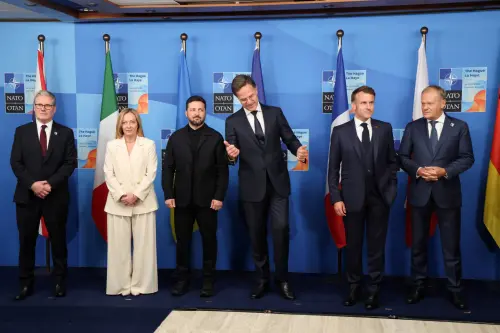In 1996, the United States became the first country to sign the Comprehensive Test Ban Treaty (CTBT), which would ban all nuclear explosions. The Senate, however, failed to ratify the treaty in 1999. If President Obama is reelected, he may ask the Senate to consider it again. On March 30, the National Research Council released a study that bolsters the case for ratification.
Two concerns underlay the Senate vote not to ratify the treaty in 1999: the reliability of the U.S. nuclear deterrent absent testing, and the U.S. ability to verify that other states observed the test ban. The National Research Council report addresses both issues.
Ellen Williams, who chaired the committee that prepared the report, stated that the United States “has technical capabilities to maintain safe, reliable nuclear weapons into the foreseeable future without the need for underground weapons testing.” This results from the Stockpile Stewardship Program, which was launched in the 1990s to maintain the deterrent without testing. That program has produced significant knowledge about the reliability, sustainability and operation of U.S. nuclear weapons, including yielding information that U.S. scientists never discovered in 47 years of tests. For example, we now know that the nuclear “pits”—the plutonium packages that are the heart of modern U.S. nuclear weapons—can last 85-100 years, far longer than originally believed.
The National Research Council study also notes that the techniques for monitoring a comprehensive test ban have improved dramatically over the past decade and can reliably detect nuclear explosions with yields well below one kiloton—the equivalent of one thousand tons of TNT—and in some cases much smaller. In addition to U.S. national means, the Preparatory Commission for the CTBT Organization has brought on line more than 80 percent of its planned international monitoring system, which will ultimately consist of 337 facilities worldwide. When the North Koreans tested a small nuclear device in 2006, 61 international monitoring stations reported the event. The report adds that, while there may be ways to “hide” a very small nuclear test, such test scenarios involve serious costs and practical difficulties, might nevertheless be detected, and would not require that the United States resume nuclear testing.
The CTBT will enter into force only once 44 designated “nuclear capable” states have ratified. Thirty-five states have thus far ratified the treaty. In not doing so, the United States finds itself in the company of China, Pakistan, Iran and North Korea.
There are two other reasons why CTBT’s ratification is worth considering.
First, no one—not even the staunchest CTBT opponent—has advocated that the United States resume nuclear testing now. But would it even be possible politically? The last U.S. underground nuclear explosion took place in 1992 at the Nevada test site, 40 miles northwest of Las Vegas. A lot has changed in Nevada over the past 20 years. The population of Las Vegas numbers almost three times what it was then. The state’s politicians fought tooth and nail to block a nuclear waste repository at the former test site. Does anyone think Nevada would welcome resumed nuclear weapons testing? And if not there, is there another state eager to host nuclear tests?
Second, the CTBT would lock in a huge U.S. advantage in knowing more about nuclear weapons and nuclear tests than anyone else. In the years between 1945 and 1992, the United States conducted some 1030 nuclear tests—as many as all other nuclear weapons states combined.
And U.S. scientists learned more from tests. Twenty-four years ago, when serving at the American embassy in Moscow, I accompanied a team of U.S. testing experts to the Soviet test site at Semipalatinsk. At one point, our Soviet hosts showed us a three-foot diameter hole dropping hundreds of feet into the earth, ready to receive a nuclear device for an upcoming test. One U.S. expert commented that “the Russians sure will be surprised when they come to Nevada … we drill our vertical shafts ten feet in diameter.” Why so large, when modern U.S. nuclear weapons are relatively compact? Because the larger diameter of the hole gave U.S. testers a much greater surface area on which to hang instruments to collect data from the blast in the instant before the instruments themselves were vaporized.
The CTBT would codify the current reality in the United States: no plausible need to resume testing and no political possibility that we could. Improved verification means very high confidence that someone else’s test would be detected. And the CTBT would lock in an important U.S. nuclear advantage. This should not be a difficult question.
The Brookings Institution is committed to quality, independence, and impact.
We are supported by a diverse array of funders. In line with our values and policies, each Brookings publication represents the sole views of its author(s).



Commentary
New Support for the Comprehensive Test Ban Treaty
March 30, 2012